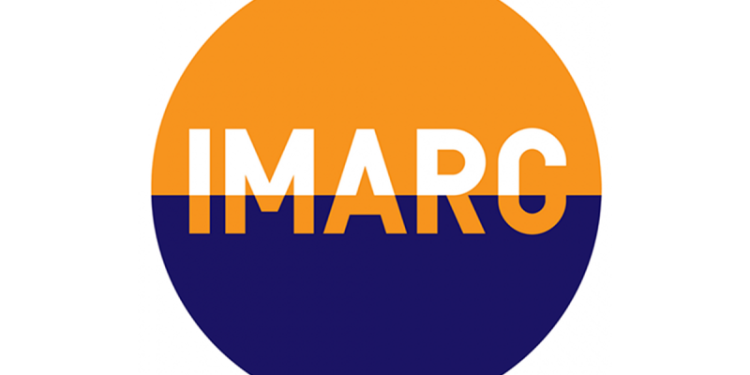Several critical minerals, in particular lithium and nickel, have been suffering from depressed prices for more than 12 months despite projections of ever-increasing demand, driven by Western governments’ energy transition goals.
Attracting finance into critical minerals projects is one of the key challenges standing in the way of diversifying existing supply chains, which are typically dominated by China, particularly in the midstream (processing and refining) and downstream (component and end-product manufacture) sectors. Like-minded nations are attempting to incentivise supply chain diversification to protect their domestic manufacturing sectors from unfair practices, via both policies aimed at onshoring and tariffs to minimise the impact of dumping heavily subsidised goods on the global market.
Financing critical minerals is challenging as criticality does not make a market, but instead highlights a market failure.
Investing in critical minerals carries additional risk to existing mining risk, often including technological risk as novel extractive and processing techniques are required for non-commoditised critical minerals where there is limited expertise and know-how.
Geopolitical risks, such as price manipulation and export restrictions, lead to market volatility which further deters investors. Jurisdictional risk adds another layer of complexity: critical minerals are typically, but not always, abundant in volatile and conflict-prone regions where corruption is an issue.
While there is also an abundance of some critical minerals in jurisdictions generally considered low risk by miners and investors alike, they all face different issues. For example, permitting a mine in the US is challenging due to community opposition and litigation: according to S&P, it takes an average of nearly 29 years to build a new mine in the US, the second-longest in the world behind only Zambia.
Australia faces high infrastructure and labour costs, factors which drive up capex and opex far above competitor nations across Africa and Latin America. Despite significant exploration, Canada has failed to see more than five new critical minerals mines being brought online in the past 20 years, while Europe faces stalwart green opposition to often politicised projects.
In response to the ongoing global challenges, the US-led Minerals Security Partnership has recently announced the formation of the Finance Network. The network aims to strengthen cooperation and promote information exchange and co-financing among participating institutions to advance diverse, secure, and sustainable supply chains for critical minerals. Participating institutions represent like-minded nations including Australia, Canada, Estonia, Finland, France, Germany, Italy, Japan, Norway, South Korea, Sweden, the United Kingdom, United States. Both the European Bank for Reconstruction and Development and the Africa Finance Corporation are also part of the network.
It is unclear whether the Finance Network will pool funds and mutually select critical minerals projects.
The network does however need the international finance sector’s buy-in.
Specialist mining finance has eroded. UK Mining Specialist Funds demonstrated a decline from about $40 billion in 2010 to about $12 billion in 2022, and Canadian Mining Specialist Funds experienced a drop from circa-$16 billion to c$2.8 billion. This gap has not been plugged by green finance or commercial banks which still view critical minerals as too high-risk, or simply too small to meet investment thresholds, and often both.
Non-commoditised critical minerals also face low rates of return on investments in comparison to tech and other sectors offering much faster and more appealing returns. Price volatility can quickly render projects in Western jurisdictions unfeasible. When that happens some projects fail while others are often bought out by Chinese companies which bring them online once prices rise, and sometimes after efficiencies and new processes are introduced.
This is less likely to continue occurring under various investment and acquisition restrictions in Australia, Canada and the US.
Attracting finance into critical minerals will require the stabilisation of often immature and small markets by creating predictable downstream demand to restore investors’ confidence and boost returns on investment.
If like-minded nations are serious about creating a genuinely diversified supply chain, tax breaks will be required to incentivise institutional and private investors in the meantime to bridge the gap between the lack of commercial viability and the strategic necessity to diversify. Public investments in critical minerals projects will however need to be more targeted and occur in tandem with re-industrialisation. Investing taxpayer dollars in projects that will not feed into downstream industries within like-minded nations are likely to either help to feed China’s manufacturing sector, or create oversupply if sufficient demand doesn’t exist, further lowering prices below commercial viability.
The CMAA Australia is actively bringing its members, governments and the wider finance community to address the challenges of financing critical minerals projects.
Join us at IMARC for an insightful Alternative Pricing Mechanisms session with global critical minerals experts.
Source
















